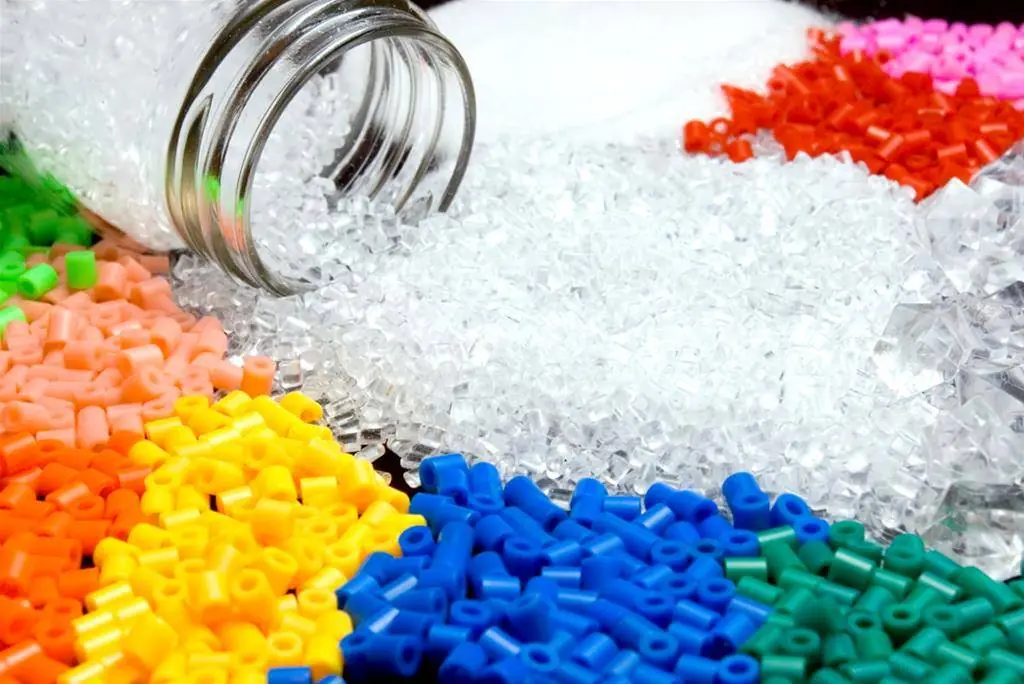Custom plastic injection molding is an injection-molding method. It has the advantages of fast production speed, high efficiency, automation of operation, variety of designs, simple to complex shapes, large to small sizes, precise product dimensions, easy product upgrades, and complex shapes.
Injection pressure
The injection pressure is provided by the hydraulic system of the injection system. The pressure of the hydraulic cylinder is transmitted to the plastic melt through the screw of the injection molding machine. Under the pressure of the plastic melt, the plastic melt enters the vertical flow passage, the main flow passage and the branch flow passage of the mold through the nozzle of the injection machine, and enters the mold cavity through the gate. This process is the injection molding process, or the filling process. The existence of pressure is to overcome the resistance in the flow of the melt, or conversely, the resistance in the flow needs to be offset by the pressure of the injection molding machine to ensure the smooth filling process.
During the injection molding process, the pressure at the nozzle of the injection molding machine is the highest to overcome the flow resistance throughout the melt. Thereafter, the pressure gradually decreases along the flow length toward the wavefront of the foremost end of the melt. If the cavity is well vented, the last pressure at the front of the melt is atmospheric pressure.
There are many factors that affect the melt filling pressure, which can be summarized into three categories:
Material factors, such as the type and viscosity of the plastic;
Structural factors, such as the type, number and location of the gating system, the shape of the cavity of the mold, and the thickness of the product;
Forming process elements.
Injection time
Injection time refers to the time required for the plastic melt to fill the cavity, excluding auxiliary time such as mold opening and closing. Although the injection time is short and the impact on the molding cycle is small, the adjustment of injection time has a great effect on the pressure control of the gate, runner and cavity. A reasonable injection time is helpful for the ideal filling of the melt, and it is of great significance for improving the surface quality of the product and reducing the dimensional tolerance.
The injection time is about 1/10 to 1/15 of the cooling time. This rule can be used as a basis for predicting the total molding time of plastic parts. In the mold flow analysis, the injection time in the analysis result is equal to the injection time set in the process conditions only when the melt is completely filled by the screw to fill the cavity. If the holding pressure of the screw is switched before the cavity is full, the analysis result will be greater than the process conditions.
Injection temperature
Injection temperature is an important factor affecting injection pressure. The injection molding machine barrel has 5 to 6 heating sections, and each raw material has its proper processing temperature. If the temperature is too low, the melt will not be plasticized, which will affect the quality of the molded parts, which will increase the difficulty of the process.
In the actual injection molding process, the injection temperature is often higher than the barrel temperature, which is caused by the high heat generated when the melt is cut through the injection port. When doing mold flow analysis, you can compensate for this difference by trying to measure the temperature during melt-to-air injection molding, or including the nozzle during modeling.
Holding pressure and time
Near the end of the injection molding process, the screw stopped rotating, but only advanced forward. At this time, the injection molding entered the pressure holding stage. During the dwelling process, the nozzle of the injection molding machine continuously feeds the cavity to fill the volume vacated by the shrinkage of the part.
Back pressure
Back pressure refers to the pressure to be overcome when the screw is reversed and backed up for storage. The use of high back pressure is conducive to the dispersion of the pigment and the melting of the plastic, but at the same time, it extends the screw retraction time, reduces the length of the plastic fiber, and increases the pressure of the injection molding machine. Therefore, the back pressure should be lower, generally not more than 20% of the injection pressure.
When custom plastic injection molding foam, the back pressure should be higher than the pressure formed by the gas, otherwise the screw will be pushed out of the barrel. Some injection molding machines can be programmed with back pressure to compensate for the reduction in screw length during melting, which reduces the input heat and reduces the temperature.










